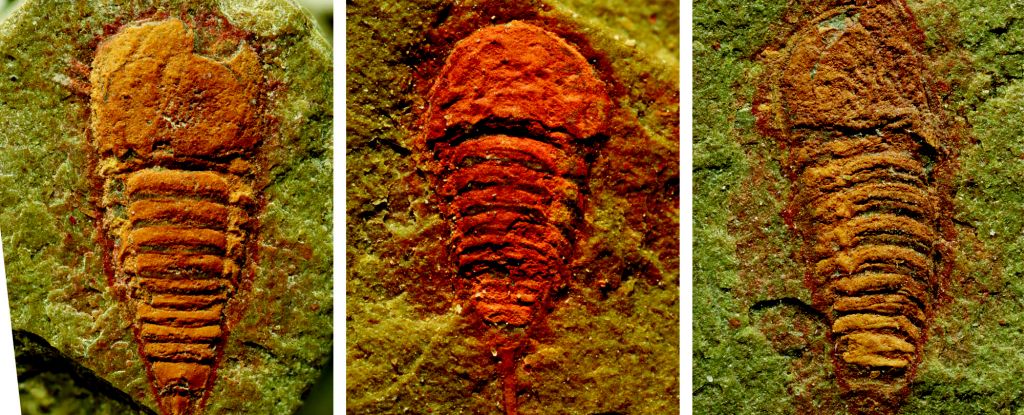Polymers, Vol. 15, Pages 3935: Bright and Stable Nanomaterials for Imaging and Sensing
Polymers doi: 10.3390/polym15193935
Authors: José Paulo Sequeira Farinha
This review covers strategies to prepare high-performance emissive polymer nanomaterials, combining very high brightness and photostability, to respond to the drive for better imaging quality and lower detection limits in fluorescence imaging and sensing applications. The more common approaches to obtaining high-brightness nanomaterials consist of designing polymer nanomaterials carrying a large number of fluorescent dyes, either by attaching the dyes to individual polymer chains or by encapsulating the dyes in nanoparticles. In both cases, the dyes can be covalently linked to the polymer during polymerization (by using monomers functionalized with fluorescent groups), or they can be incorporated post-synthesis, using polymers with reactive groups, or encapsulating the unmodified dyes. Silica nanoparticles in particular, obtained by the condensation polymerization of silicon alcoxides, provide highly crosslinked environments that protect the dyes from photodegradation and offer excellent chemical modification flexibility. An alternative and less explored strategy is to increase the brightness of each individual dye. This can be achieved by using nanostructures that couple dyes to plasmonic nanoparticles so that the plasmon resonance can act as an electromagnetic field concentrator to increase the dye excitation efficiency and/or interact with the dye to increase its emission quantum yield.

 7 months ago
19
7 months ago
19


